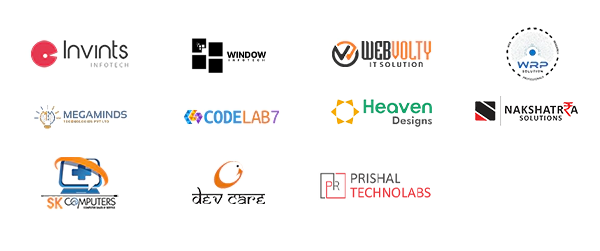
Why Service-Based SMEs Must Automate HR & Operations to Stay Competitive
- 28 Nov
Service-based small and medium enterprises (SMEs) are the backbone of modern economies, from IT companies and consultancies to architects and CA firms. Yet, many of these businesses still rely on spreadsheets, emails and WhatsApp messages to handle critical functions like payroll, task management and project tracking.
In today's hyper-competitive market, manual processes slow growth, create inefficiencies and reduce agility. That's why automation in HR and operations is no longer optional — it's essential for staying competitive.
The Current Reality for Service-Based SMEs
Most service SMEs face common operational hurdles
Manual Work Overload
HR, payroll and compliance handled through Excel.
Disconnected Systems
Data scattered across multiple tools with no central visibility.
Human Errors
From salary miscalculations to missed project deadlines.
Deadline Delays
Leaders lack real-time insights to act quickly.
Growth Barriers
Scaling operations becomes difficult without efficient systems.
The result? Lost time, frustrated employees and reduced customer satisfaction.
What Does Automating HR & Operations Mean?
Automation is not about replacing people — it's about empowering them. For SMEs, it includes
HR automation
Attendance, leave management, payroll, compliance and performance reviews.
Operations automation
Project tracking, task assignment, resource scheduling, approvals and workflows.
Integration
Linking HR, operations, finance and CRM into one unified platform.
Smart systems
AI-enabled dashboards, reminders and alerts that guide decision-making.
This shift transforms administrative bottlenecks into streamlined workflows.
Core Benefits for Service SMEs
-
Efficiency & Time Savings
Automation eliminates repetitive tasks, freeing HR and managers to focus on strategy and people. For example, automated payroll runs in minutes compared to hours of manual processing.
-
Accuracy & Compliance
Automation reduces human errors and ensures legal compliance with labor laws, tax deductions and statutory filings, minimizing financial and reputational risks.
-
Better Decisions with Data & Visibility
Leaders get real-time dashboards and analytics, enabling smarter forecasting, resource allocation and faster responses to challenges.
-
Scalability & Flexibility
As SMEs grow, automation tools scale without adding overhead, ensuring smooth expansion.
-
Employee Engagement & Productivity
Self-service portals empower employees to manage their data, reducing friction in approvals and communication. Teams feel more valued and efficient.
-
Cost Savings & Competitive Edge
By cutting manual overhead and errors, SMEs save money and gain agility — moving faster than competitors still stuck in manual systems.

Implementation: How to Automate Smartly (Without Chaos)
-
Start Small with High-Impact Areas
Begin with payroll, leave management, or project tracking to quickly showcase value.
-
Ensure Integration Across Functions
Choose systems that unify HR, finance and operations, preventing new silos.
-
Involve Employees and Leaders
Get buy-in from HR heads, operations managers and CXOs by showing benefits and providing training.
-
Monitor, Gather Feedback, Iterate
Automation is not “set and forget.” Continuously refine workflows for maximum impact.
-
Avoid Common Pitfalls
- Don't over-automate too fast.
- Manage change carefully to reduce resistance.
- Ensure robust data security and compliance.
Example: Transformation in Action
Imagine a 50-employee IT consultancy that previously used Excel and WhatsApp for managing leave, payroll and projects. Manual errors delayed salaries, employees chased approvals and leadership had no visibility into workloads.
After adopting an all-in-one automation platform, payroll runs seamlessly, attendance is tracked in real time, project deadlines are visible and CXOs access instant dashboards. The firm saves 70% of HR time, improves operational efficiency by 30% and scales without adding admin burden.

Conclusion
For service-based SMEs, the choice is clear: continue struggling with manual bottlenecks or embrace automation to unlock efficiency, accuracy and growth. By automating HR and operations, SMEs not only save time and costs but also empower teams, improve decision-making and stay competitive in a rapidly evolving market.
The future belongs to businesses that leverage smart tools — and the time to start automating is now.




